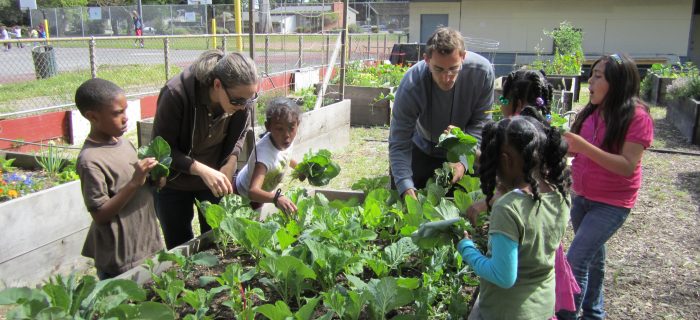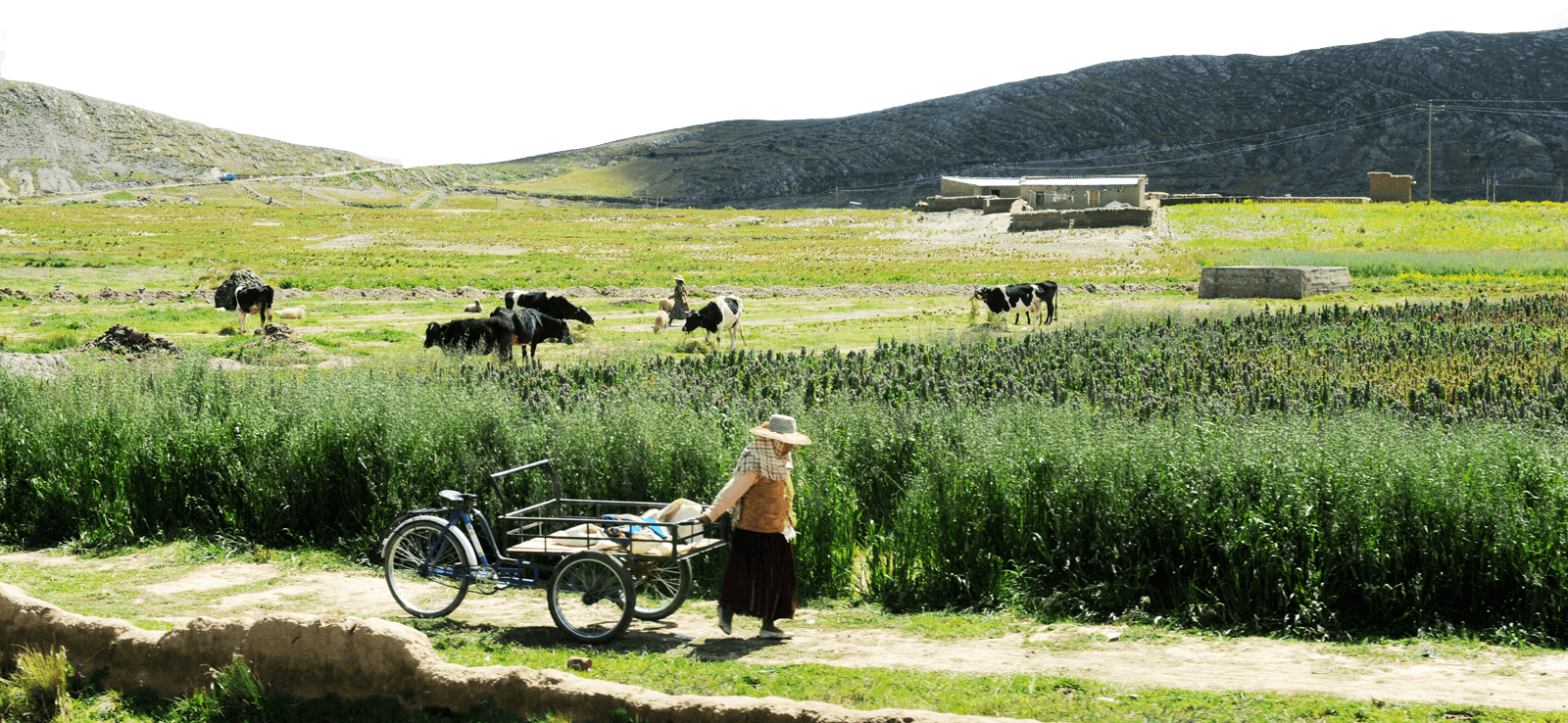Land for Food Justice? AB 551 and Structural Change
Click here to download this Policy Brief in full.
This Policy Brief is #8 in the Land and Sovereignty Policy Brief Series.
In the past decade, Californian urban agriculture has broken through the asphalt and into the core of the politics and practice of urban life.
Today, the many forms of urban agriculture are as diverse as the people who tend the soil in cities throughout the state. For many, it is a way to have fresh herbs for the kitchen or spend less at the grocery store. For others, urban agriculture helps address unequal access to healthy, affordable and local food, and illuminates the many problems in the food system.
Many non-profits and community groups use urban agriculture to work towards urban “food security” – a state in which all people have access to sufficient food and nutrition. However, urban agriculture may also be used to advance more radical changes toward “food justice” and “food sovereignty.” The food justice movement goes beyond increasing food production to address the racial and economic inequalities embedded in the food system and assert the rights of low-income communities and communities of color. Food sovereignty entails the right of working class and low-income communities to define their own food systems and calls for the redistribution of resources and “structural reforms to markets and property regimes” (Giménez and Shattuck, 2011) necessary to achieve this right.
It is important to consider the three concepts of food security, food justice, and food sovereignty – including the varying social class interests they represent and promote – when assessing the significance of urban agriculture in California cities. While urban agriculture may help alleviate food insecurity, it does not necessarily support food justice or food sovereignty – and may even increase patterns of exclusion and marginalization. This brief explores some of the tensions that urban agriculturalists and the food justice movement must navigate, especially when seeking policy solutions to make land more accessible for farming in urban areas.
In 2013, food justice activists played a central role in the passage of California State Assembly Bill (AB) 551, the “Urban Agriculture Incentive Zones Act.” AB 551 was presented as an innovative policy tool to incentivize the use of undeveloped urban land for agriculture and to advance food justice. However, the policy has raised questions around the possibility of further exclusion and gentrification as a result of new urban agriculture projects, specifically in low income communities and communities of color.
Stay in the loop with Food First!
Get our independent analysis, research, and other publications you care about to your inbox for free!
Sign up today!

 Help Food First to continue growing an informed, transformative, and flourishing food movement.
Help Food First to continue growing an informed, transformative, and flourishing food movement.




